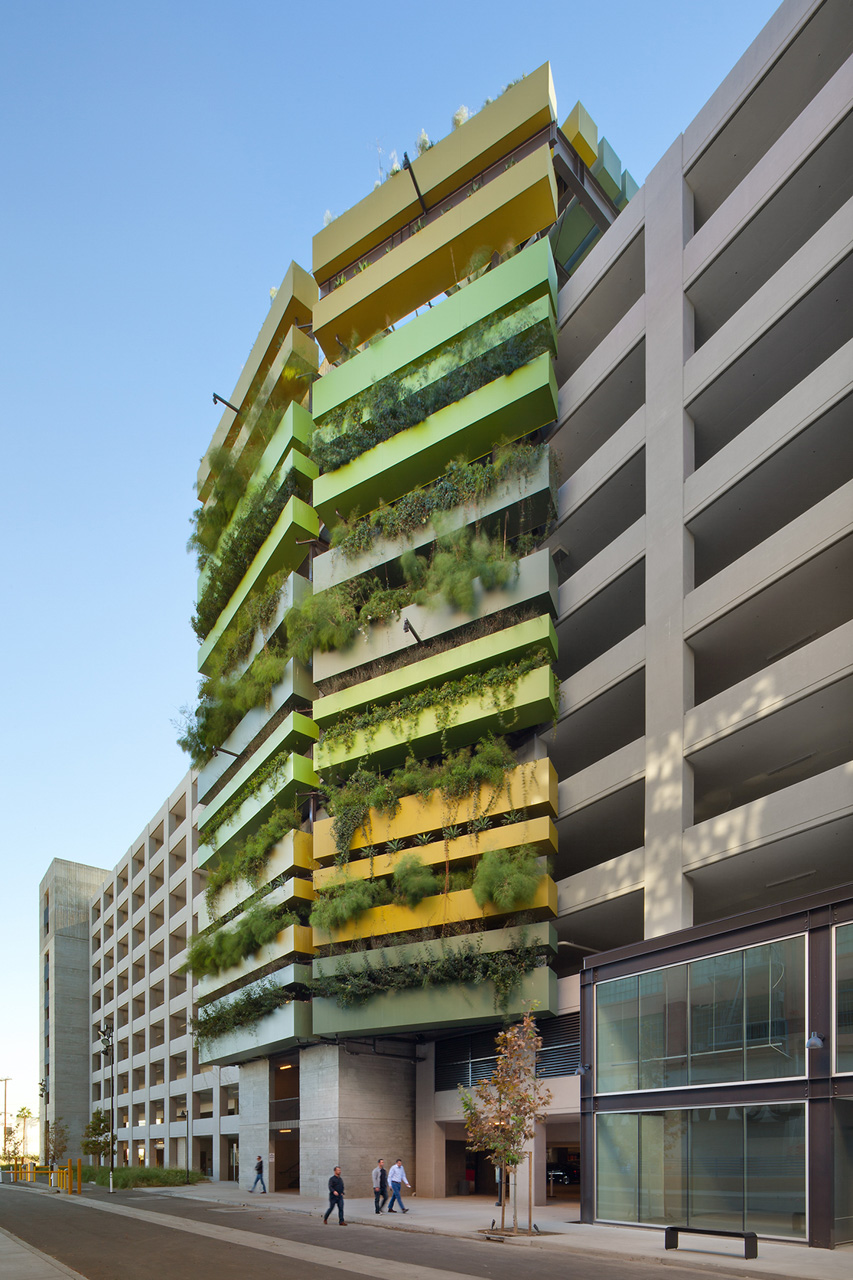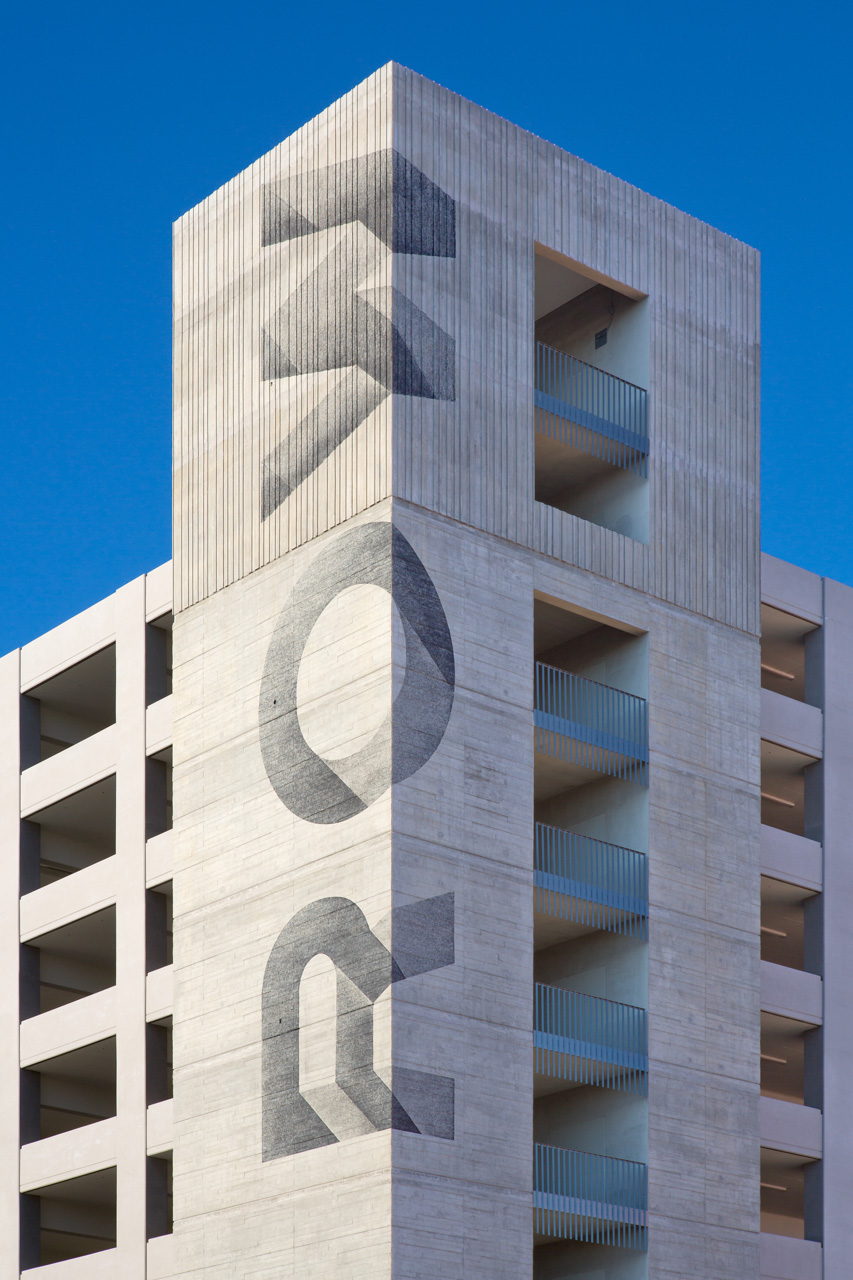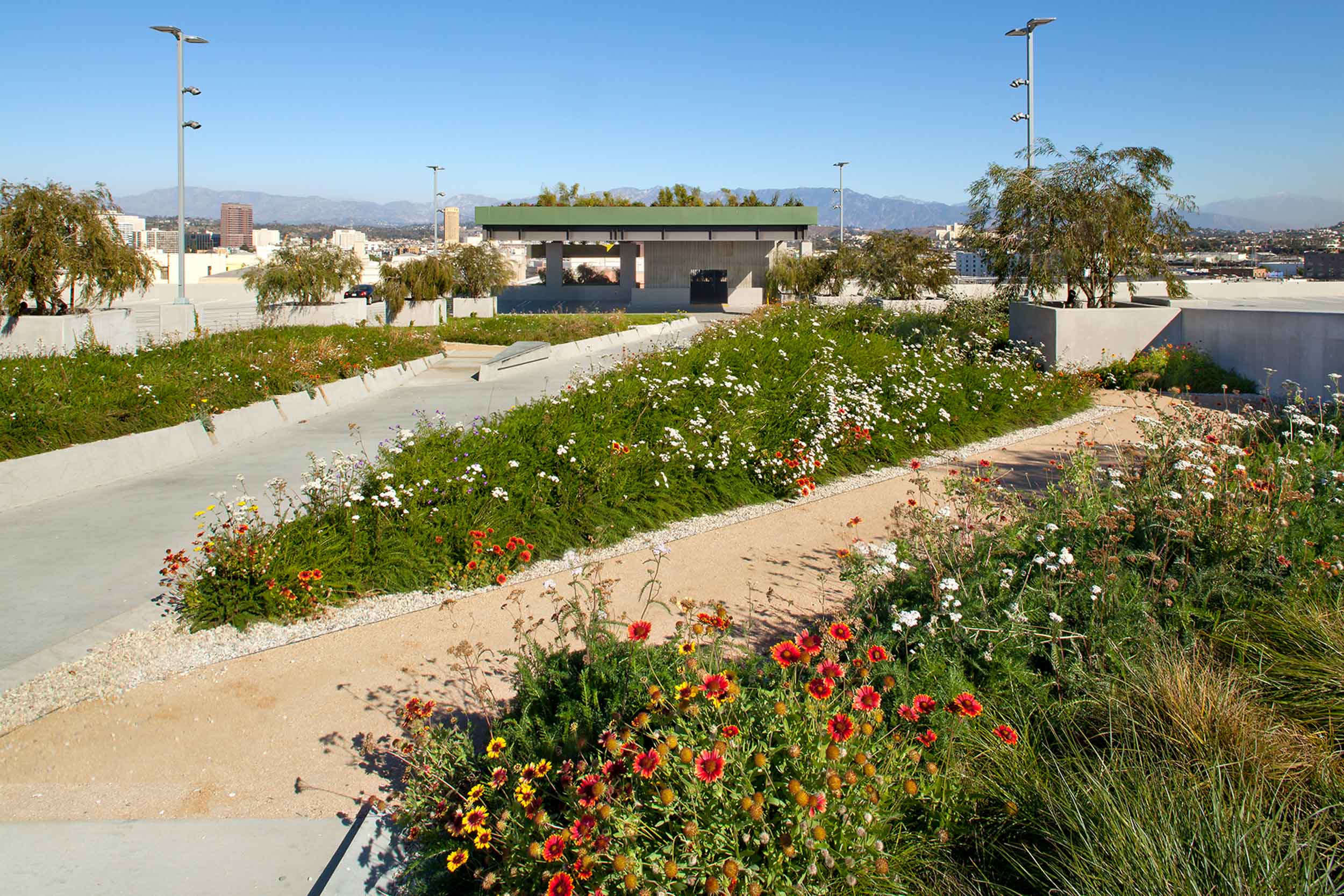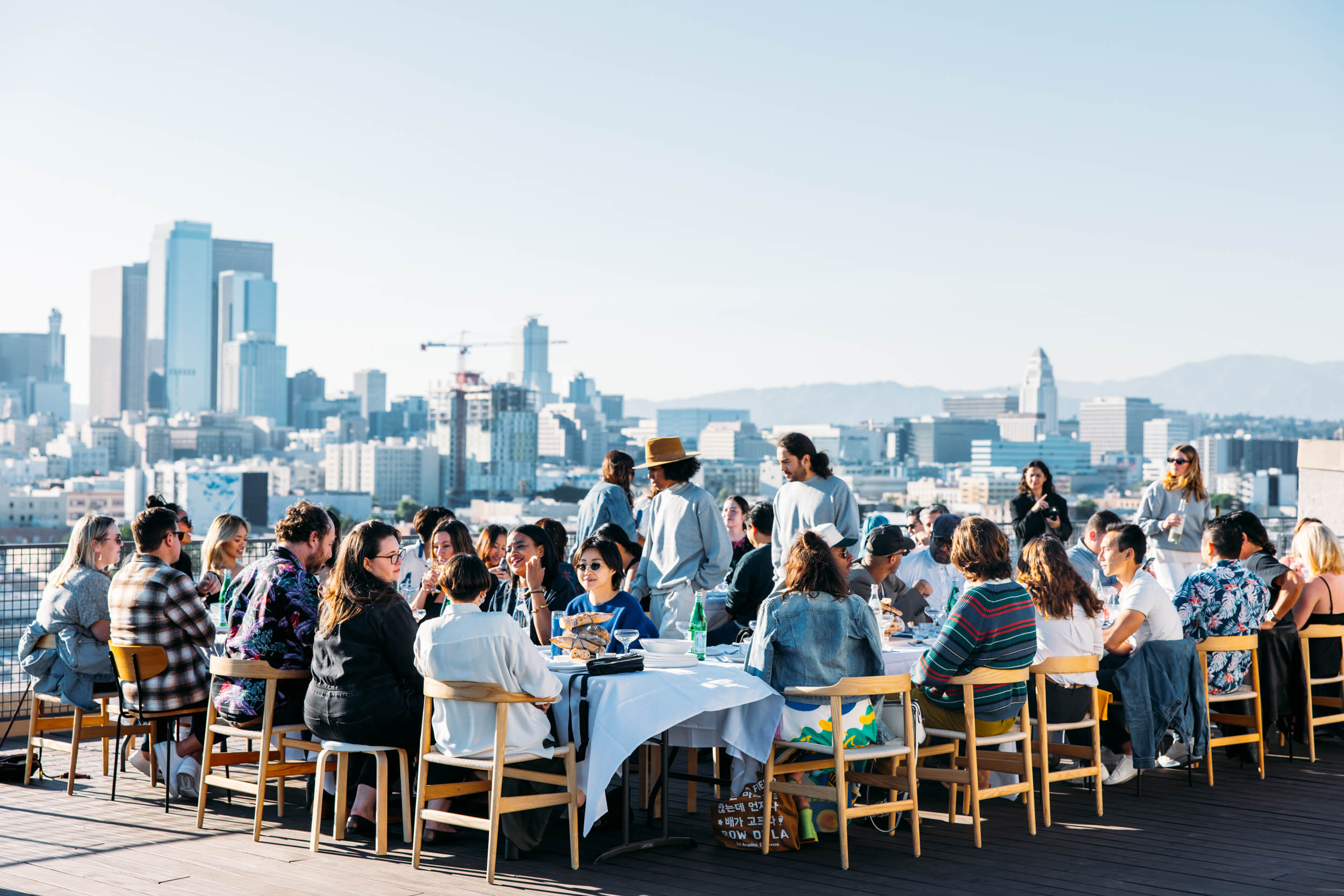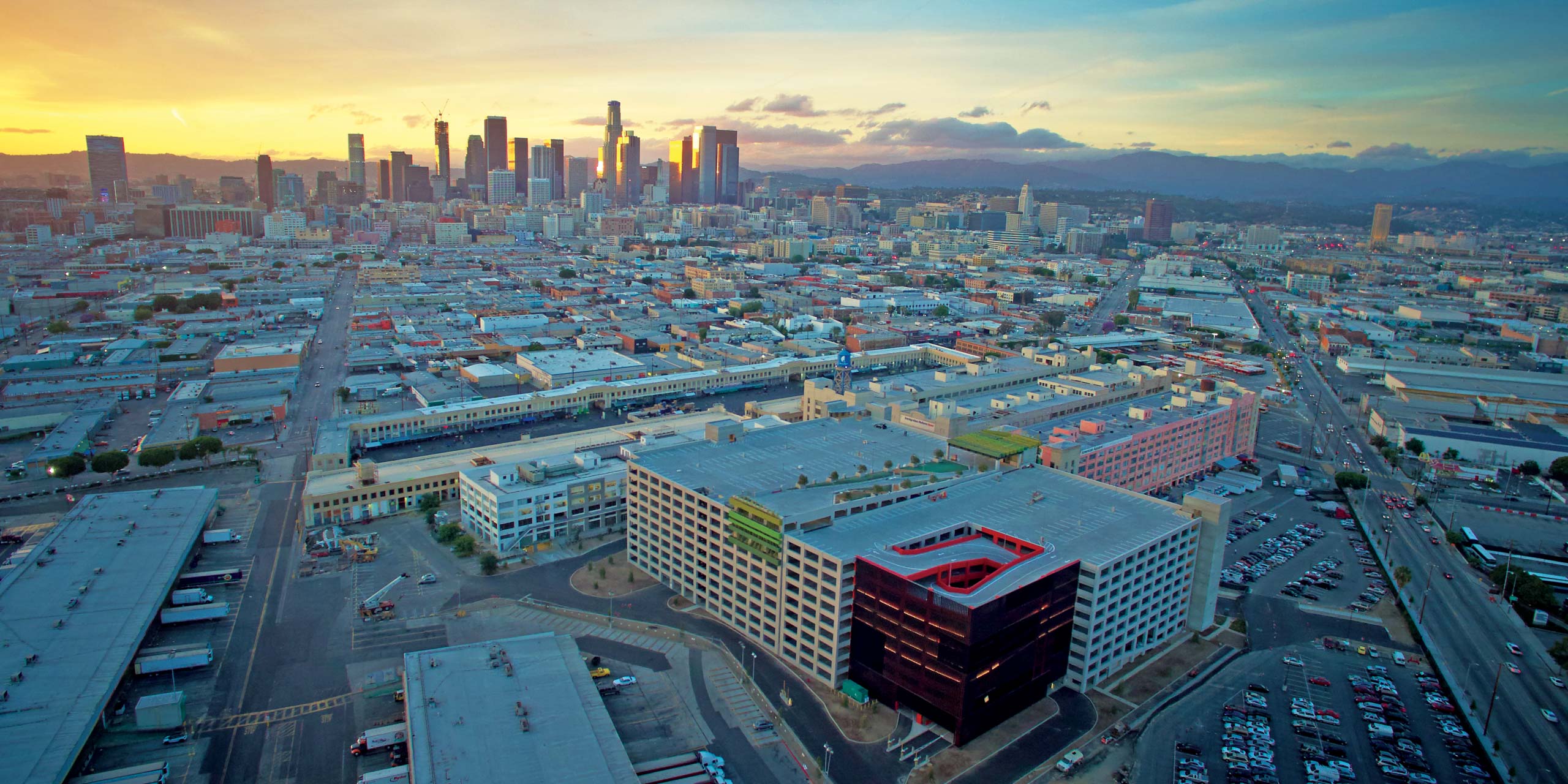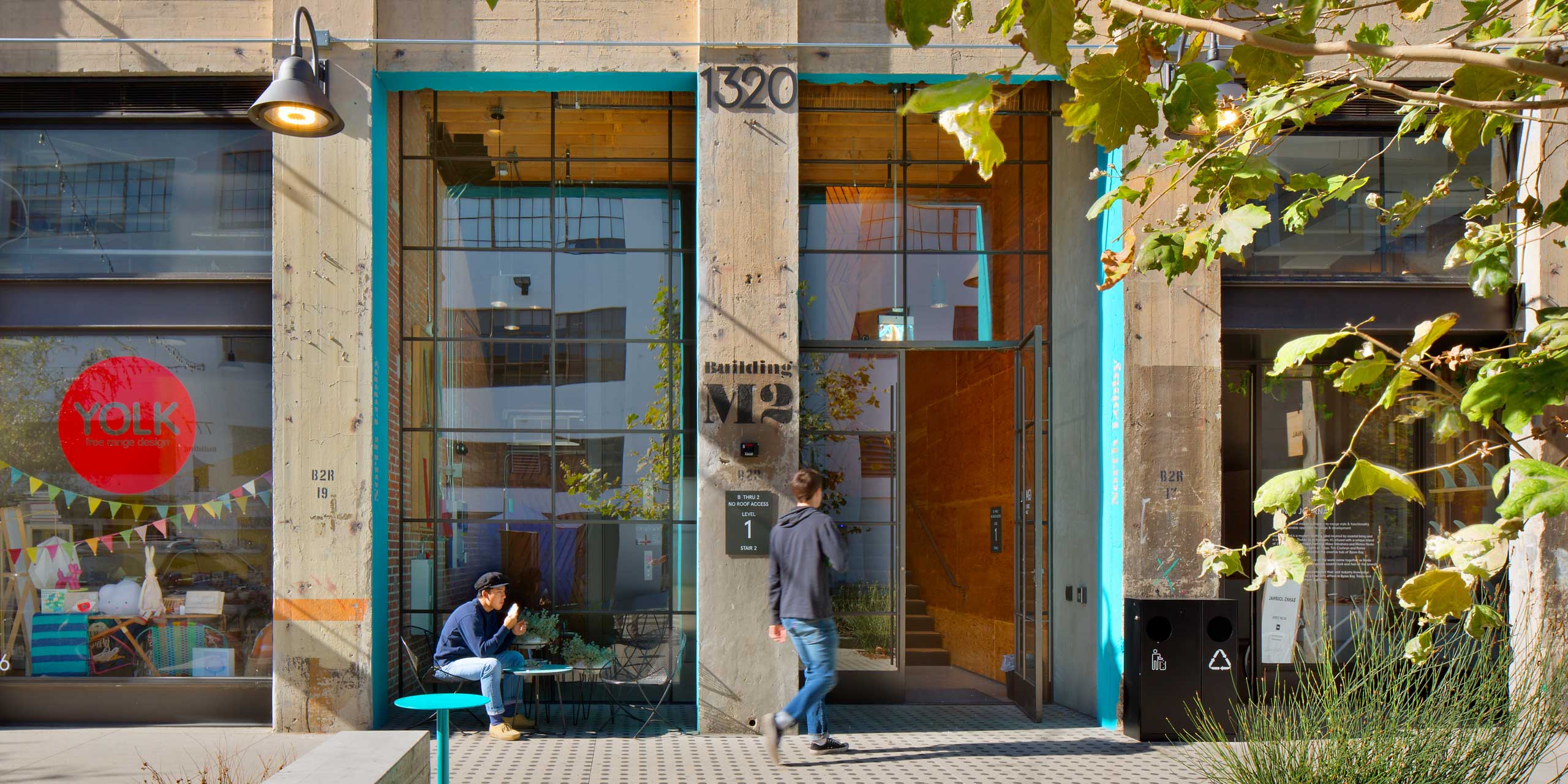
ROW DTLA
Adaptive Reuse and Placemaking Revitalize Historic Downtown Los Angeles District
ROW DTLA incorporates 100 years of Los Angeles history into an ambitious 21st-century commercial district linking downtown to L.A.’s Arts District. A century ago, this site was the terminus of the Southern Pacific Railroad, where goods moved from rail to truck across Southern California. RIOS re-envisioned ROW DTLA as a multifaceted retail and office destination through adaptive reuse, transforming a $357 million acquisition into a $718 million landmark development.
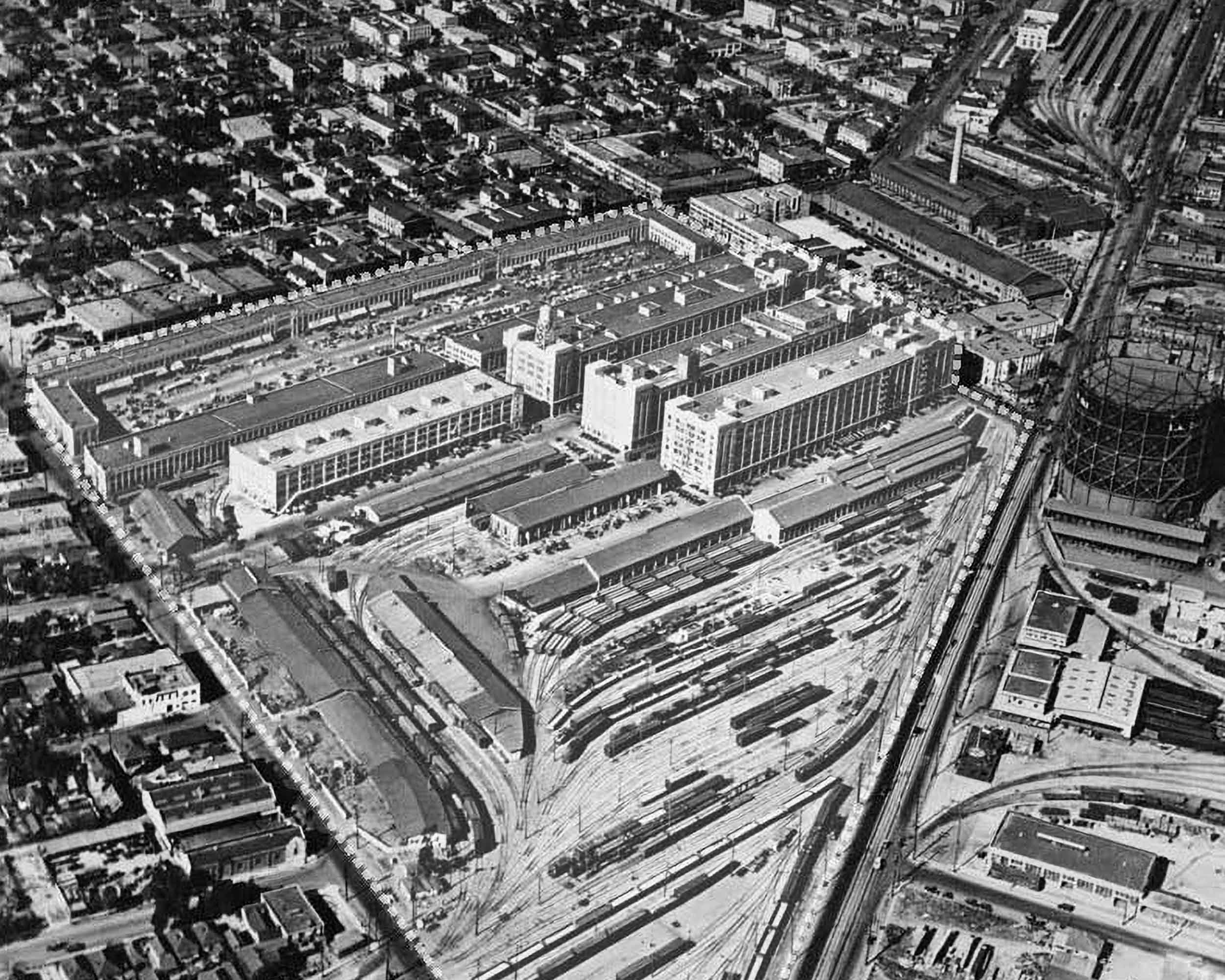
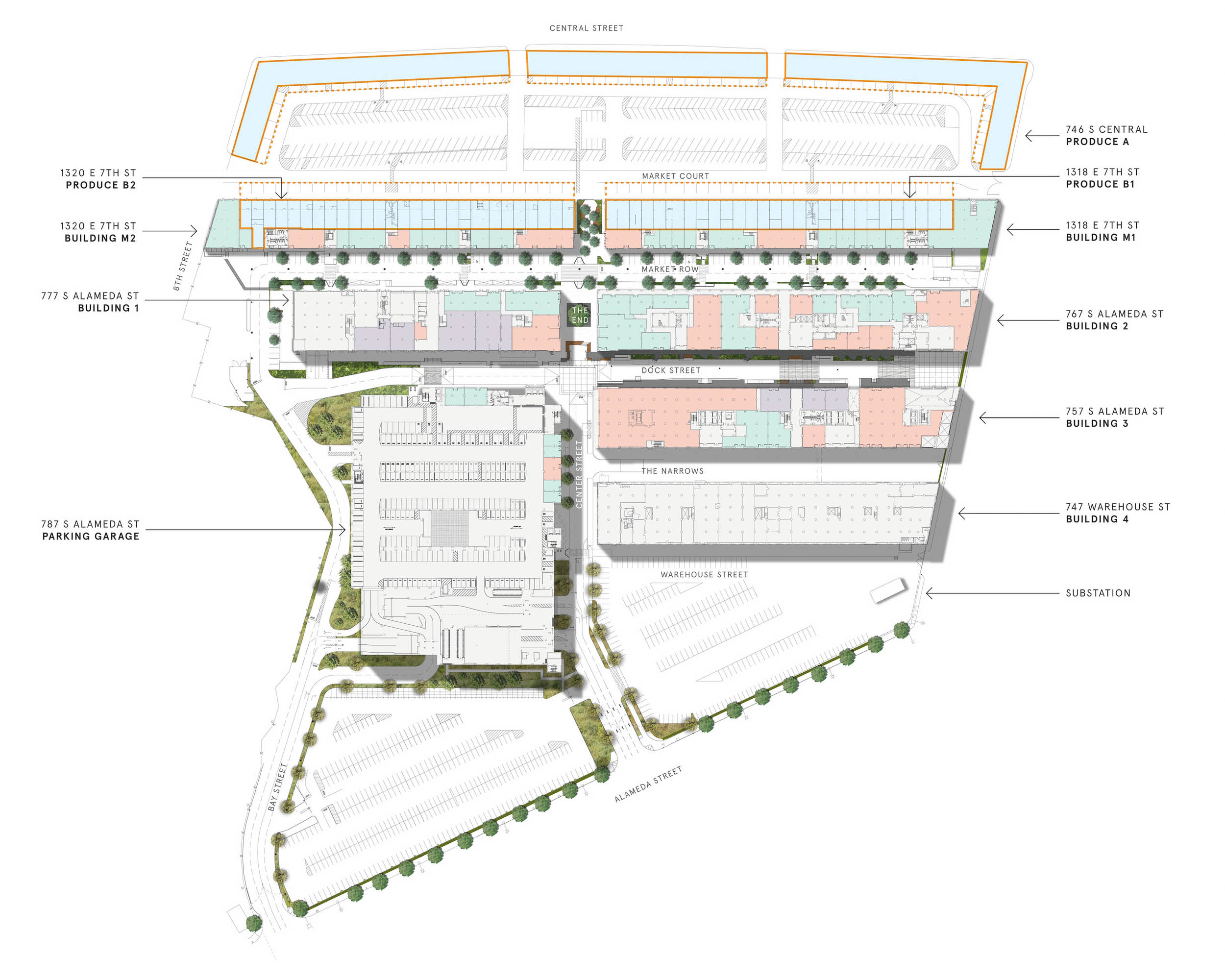
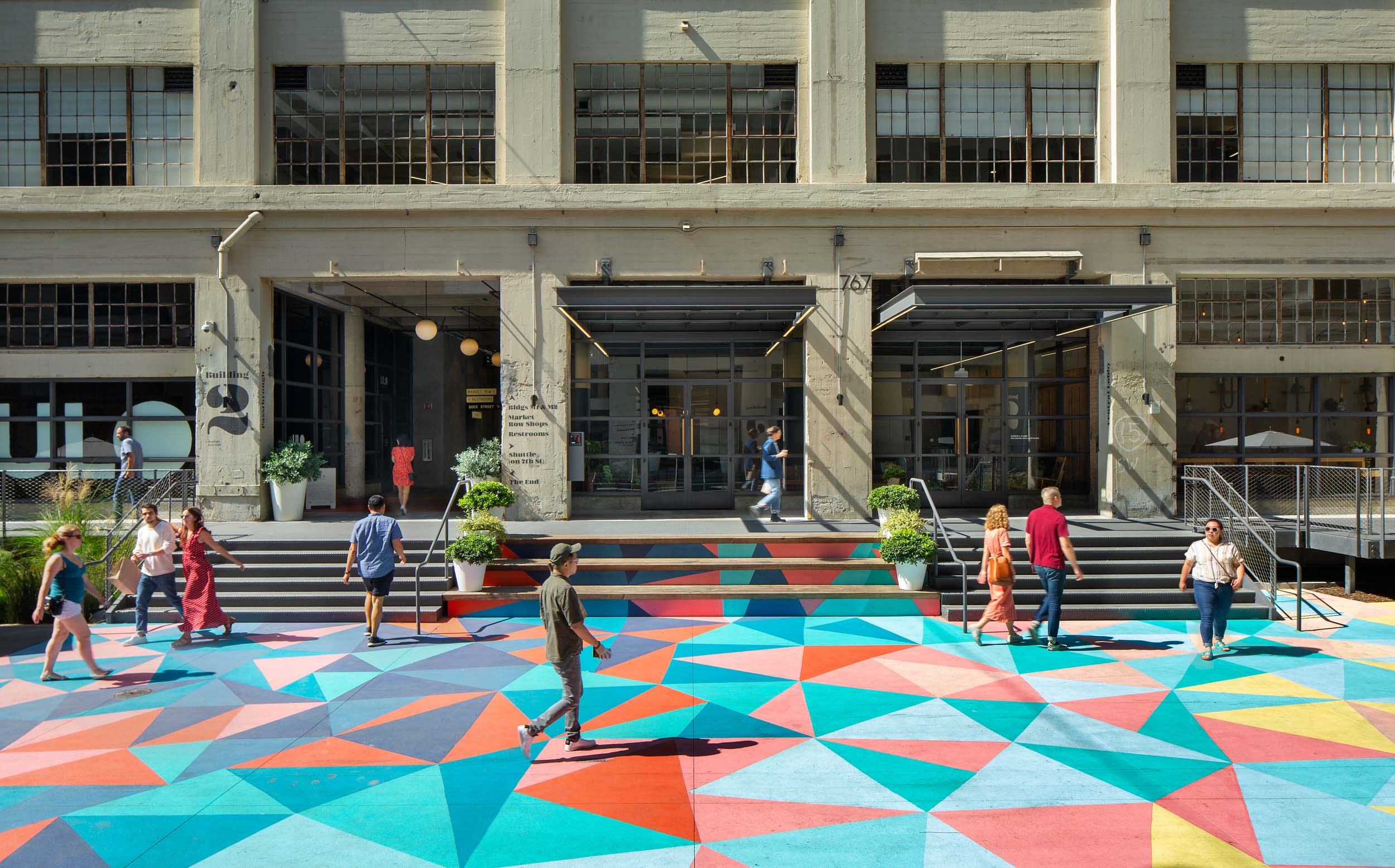
Urban Regeneration Through Adaptive Reuse
RIOS’ design reimagines the campus by embracing its historic industrial character. Through preserved concrete floors, mushroom columns, and raw utilitarian details, this adaptive reuse transforms ROW’s long rows of warehouse-style buildings into 1.3 million square feet of creative office space. The development includes extensive seismic upgrades and façade rehabilitation. With 400,000 square feet of retail space and 300,000 square feet of arts and cultural programming, the project creates a 16-hour ecosystem that attracts 4,100 direct jobs while generating $5 million in annual sales tax revenue.
Learn more about RIOS’ Commercial Revitalization Framework for Urban Regeneration.
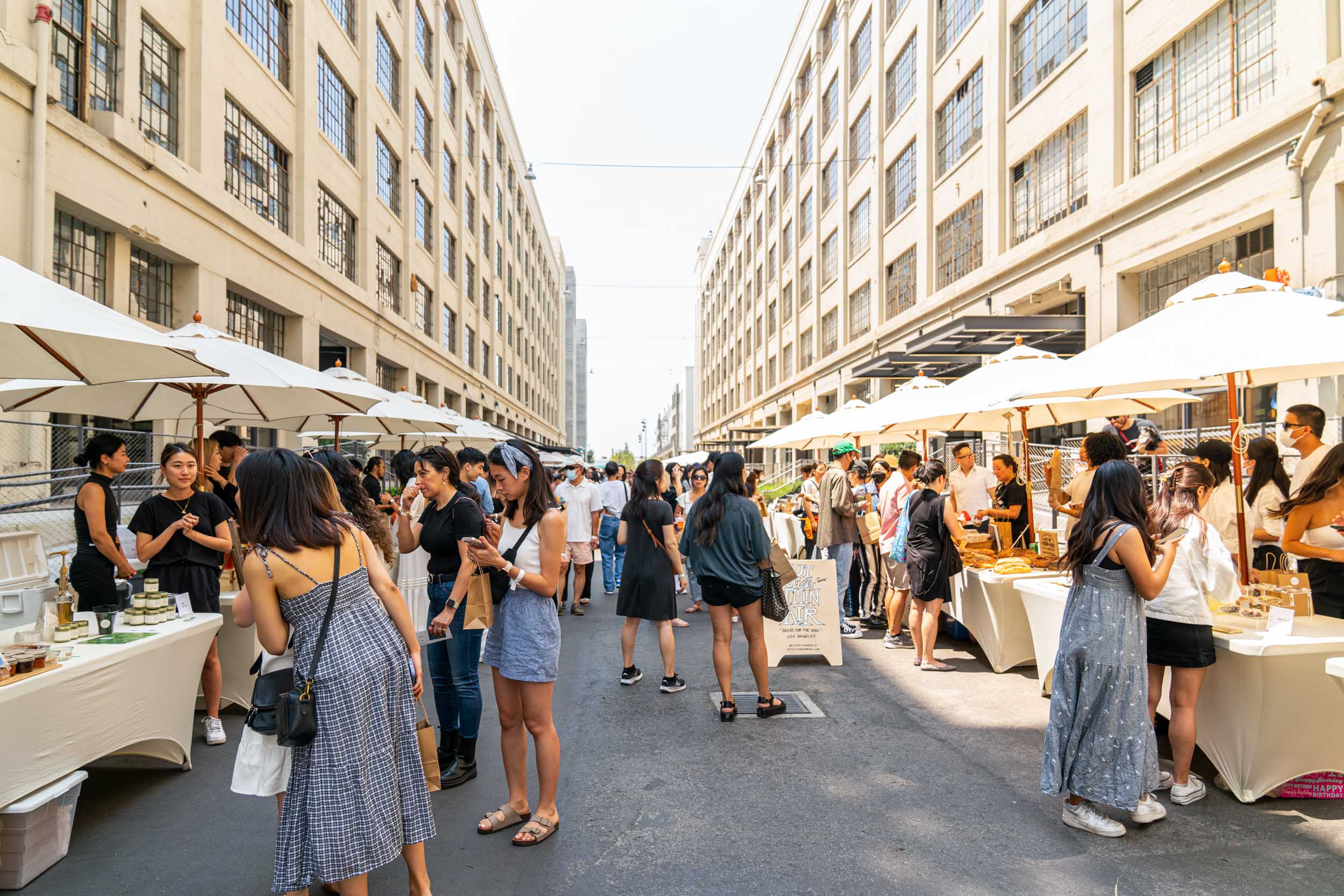
Mixed-Use Activation
Market Row serves as the district’s high-end shopping street, punctuated by pleasant gardens for relaxing and people-watching. This curated tenant mix creates a destination-driven retail strategy that achieves 91% occupancy compared to 66% in the neighboring Arts District.
Dock Street remains open to deliveries in early morning hours. During the rest of the day, its dock-height sidewalks become ROW’s dining terrace. Casual grandstand seating encourages lingering while supporting programming like the weekly Smorgasburg food market that attracts thousands of Angelenos every Sunday, creating a genuine community gathering place.
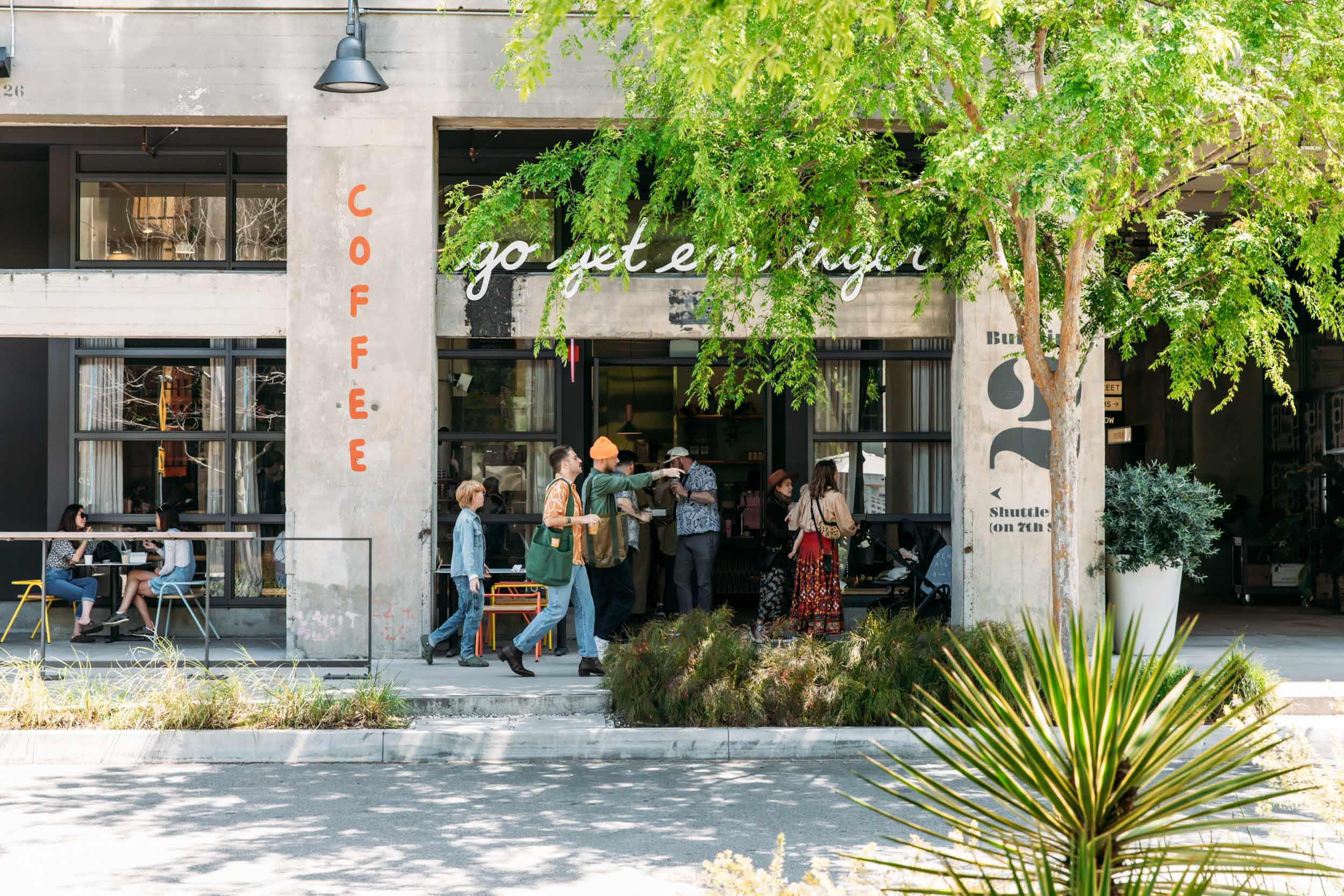
The existing 7th Street Produce Market remains largely unchanged in this urban regeneration project. L.A.’s bodegas continue sourcing fruits and vegetables here, serving as a vivid reminder of the area’s historic commercial origins while maintaining the site’s authentic industrial identity. ROW DTLA has become a model for how thoughtful urban infill development can transform industrial zones into high-value mixed-use destinations while maintaining its neighborhood identity.
Architectural Intervention and Value Creation
A light touch in the design highlights the area’s authentic industrial details while introducing strategic modern elements. New entries to buildings along Market Row feature redesigned lobbies distinguished by wood patterns that evoke the area’s industrial pallets. Metal windows and modernized utilities create an inviting pedestrian environment, while the spatial and material texture of lobby stairs and elevators invites users into expansive, loft-like creative workspaces above.
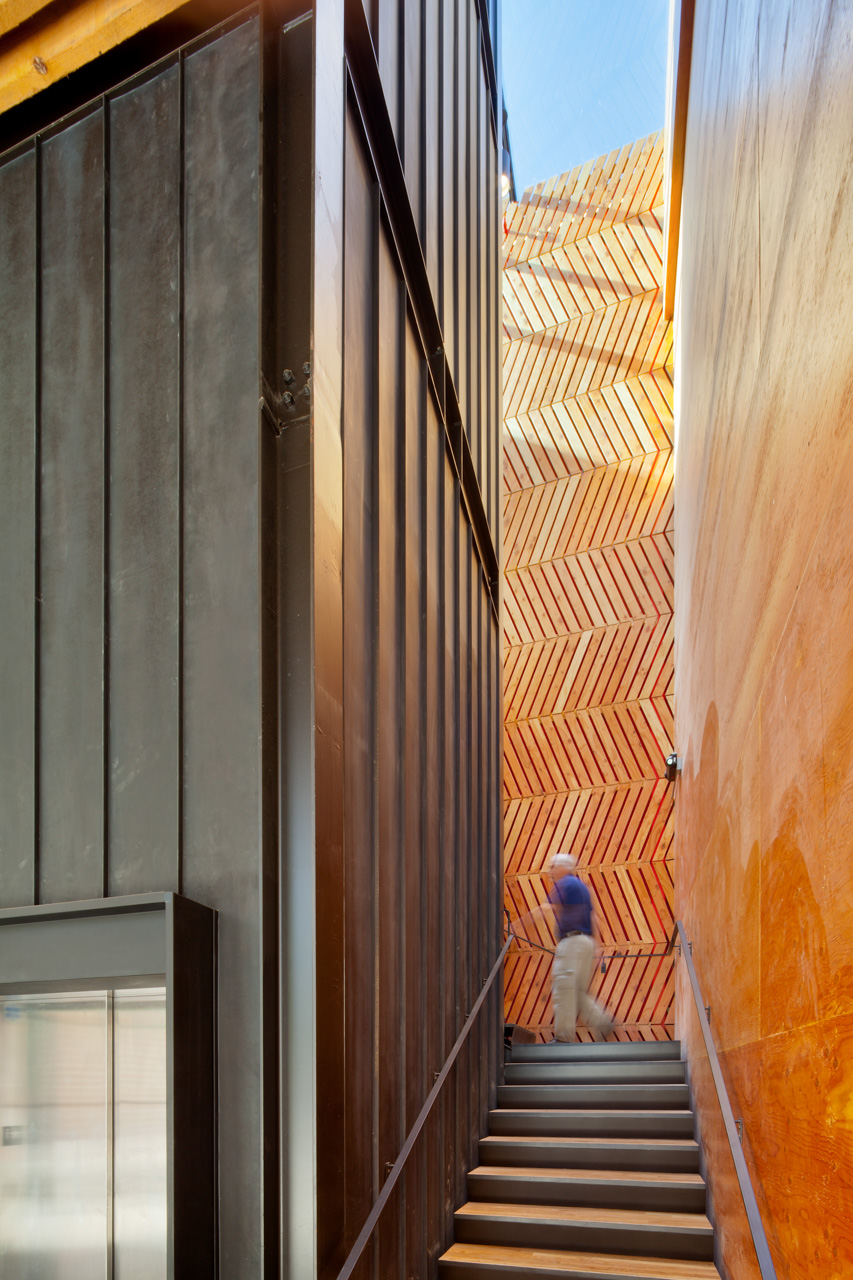
Integrated Graphics and Wayfinding
Graphics and wayfinding respect the building’s industrial past while supporting contemporary commercial district functions. Using place-led branding, the design reveals the story and uniqueness of the site through layers of its past—faded signage, timeworn concrete and gritty patina that gives the site authenticity that can’t be recreated. Dynamic graphics and placemaking moments throughout the site combine with rewilded landscape elements to create memorable wayfinding experiences. The integrated approach using industrial elements, art, and signage earned ROW DTLA the prestigious 2018 SEGD Global Design Awards Honor Award and the 2018 AZ Awards Winner for Experiential Graphic Design.
Discover how place-led branding honors historic character in our article Revealing the Story while Honoring the Past.
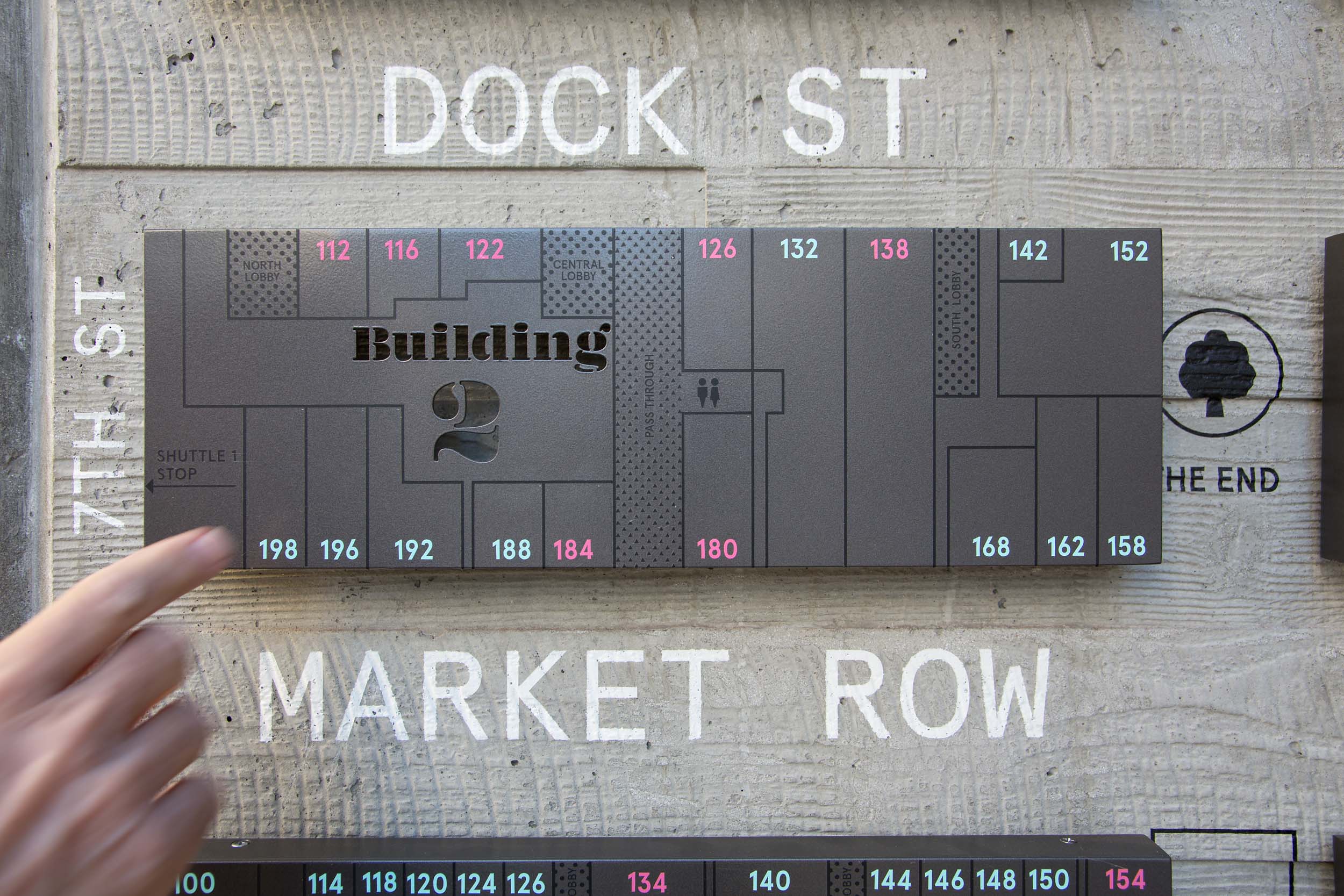
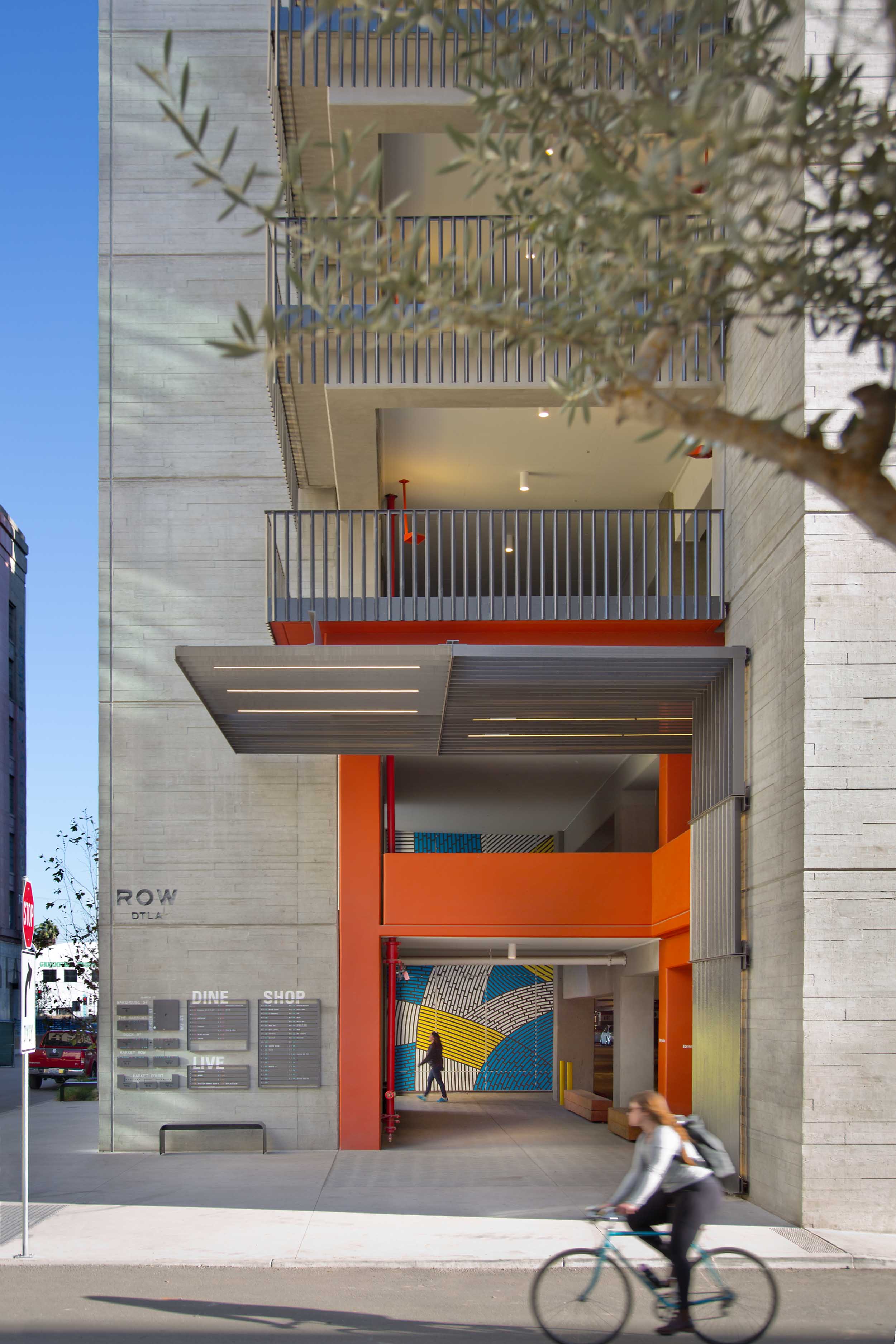
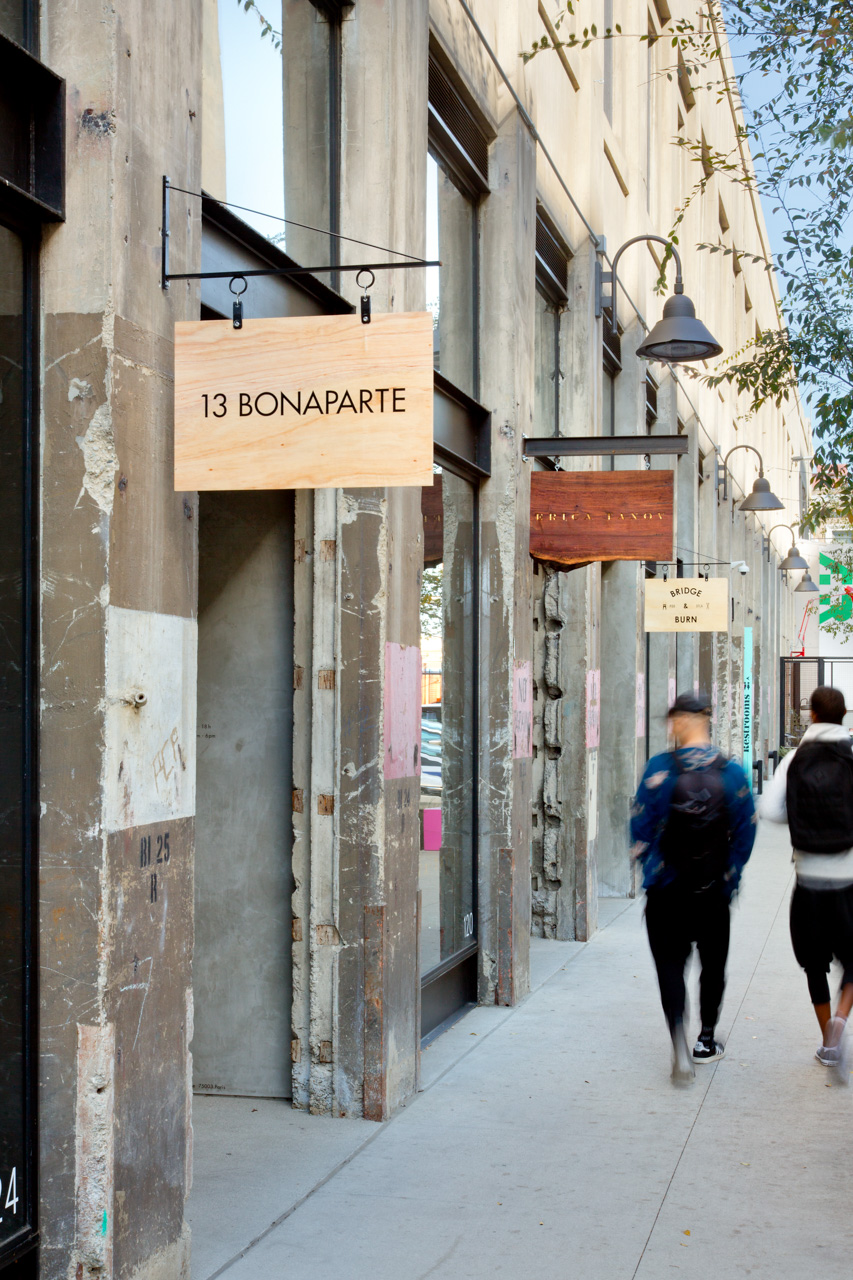
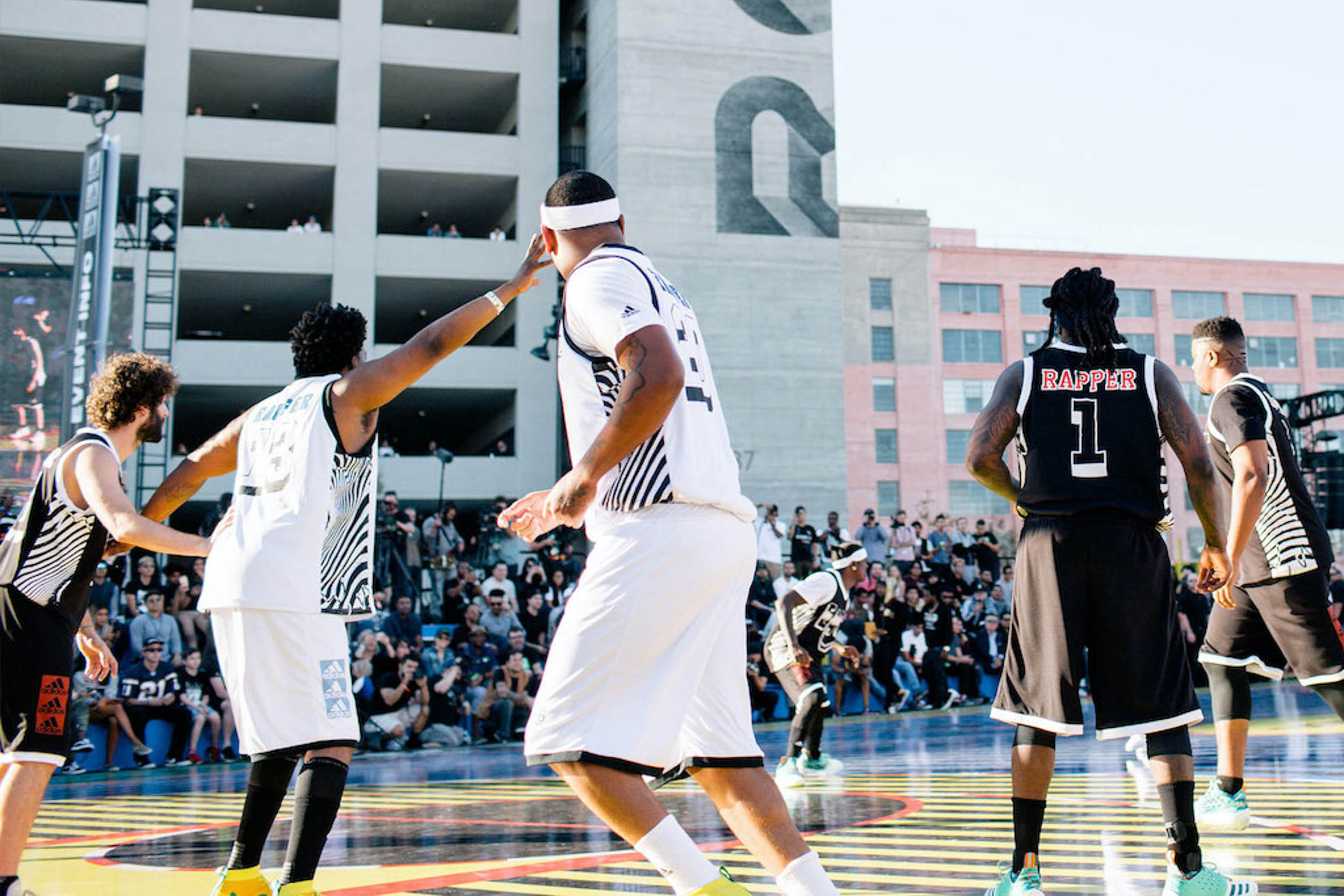
Landscape Integration and Ecological Innovation
At the southwest corner, a cascading rooftop park transforms the largest parking structure in Los Angeles County. This 4,000-space garage anchors the site’s edge while green walls envelope the structure and ground-floor retail brings pedestrian scale to the entire building. The design maximizes leasable space and creates seamless connections with larger destinations, demonstrating how infrastructure can enhance rather than detract from the pedestrian experience.
A central plaza with a signature large tree serves as the development’s heart, connecting radiating buildings and creating a sense of place that supports the project’s 2x return on invested equity and contributes to an 860% increase in area property tax revenue. The landscape strategy incorporates native plantings that support local pollinators, contributing to urban biodiversity and ecological resilience throughout the commercial district.
